
- Astronomers with the SPECULOOS project Discovered an Earth-sized exoplanet orbiting an ultracool dwarf star. It is only the second planetary system astronomers have found so far around such a star.
- The planet, SPECULOOS-3 b, is approximately the same size as Earth but orbits very close to its star, completing one orbit in just 17 hours. The planet is also likely tidally locked to its star.
- star radiation It has probably decimated any atmosphere the planet had.
Exoplanet around an ultracold dwarf star
For the second time, astronomers have discovered an Earth-sized object. exoplanetSPECULOOS-3 b, orbiting a ultracool dwarf star. Researchers of the SPECULOOS project, led by the University of Liège in Belgium, saying They found the new planet on May 15, 2024. SPECULOOS-3 b is about 55 light years far. The planet is almost the same size as Earth and orbits its star in just 17 hours. However, it likely has little to no atmosphere. This is because, although its star is much dimmer than our sun, the planet orbits so close to it that the star's radiation hits its surface.
Partner universities included the universities of Cambridge, Birmingham and Bern, the Massachusetts Institute of Technology and ETH Zürich.
The international research team. published he peer reviewed details of the discovery in Nature Astronomy on May 15, 2024.
Meet the Earth-sized exoplanet SPECULOOS-3 b
The EClipsing ULtra-cOOl Stars (SPECULOOS) planet search project, led by an astronomer Michael Gillon at the University of Liège in Belgium, helped an international team of astronomers discover the new Earth-sized world. SPECULOOS-3 b is very close to Earth in size. And it is only 55 light years away from us. However, their year is much shorter than ours: it only lasts 17 hours. Researchers believe it is tidally locked to its star. This means that one side is always facing the star, while the other faces outward, in permanent night. Gillon saying:
SPECULOOS-3 b is practically the same size as our planet. A year, that is, one orbit around the star, lasts about 17 hours. Days and nights, on the other hand, should never end. We believe that the planet rotates synchronously, so that the same side, called the day side, always faces the star, just as the Moon does toward the Earth. On the other hand, the night side would be locked in endless darkness.
The astronomer Michaël Gillon and the #SPECULOOS The team discovered a new Earth-sized exoplanet around SPECULOOS-3, an “ultracold dwarf” star as small as Jupiter, twice as cold as our Sun and located 55 light-years from Earth. #ULieja @NatureAstronomy @POT https://t.co/2bQGJNhBmz pic.twitter.com/K0l9RBpbD6
— University of Liege (@UniversiteLiege) May 15, 2024
No atmosphere in SPECULOOS-3 b
But although the exoplanet is almost the same size as our planet, it probably no longer has an atmosphere left. It orbits so close to its star that the star's radiation is intense enough to eliminate any atmosphere. As co-author Julian of Witalumnus of the University of Liège, professor at MIT and co-director of the SPECULOOS Northern Observatory, noted:
In such an environment, the presence of an atmosphere around the planet is very unlikely.
That's bad news for habitabilitybut not necessarily for science in general, as de Wit noted:
The fact that this planet has no atmosphere could be an advantage in several ways. For example, it could allow us to learn a lot about ultracool dwarf stars, which in turn will make possible deeper studies of their potentially habitable planets.
'Cold' star but hot planet
The star SPECULOOS-3 is similar in size to Jupiter but 10 times less massive. It is more than twice as “cold” and 100 times less luminous than the sun, with an average temperature of 4,700 degrees Fahrenheit (2,600 degrees Celsius). However, the planet is so close that it still receives about 16 times more energy than Earth does from the sun.
Astronomers designed SPECULOOS specifically to search for rocky, Earth-sized planets around ultracool dwarf stars. However, it is still not an easy task. Gillon saying:
These stars are scattered across the sky, so you need to observe them one by one, over a period of weeks, to have a good chance of spotting transiting planets.

Future observations
SPECULOOS-3 b could also be a good target for the James Webb Space Telescope. Former researcher at the University of Liège, Elsa Ducrotnow at the Paris Observatory, saying:
With JWST we could even study the mineralogy of the planet's surface!
Gillón added:
This discovery demonstrates the ability of our SPECULOOS-North Observatory to detect Earth-sized exoplanets suitable for detailed study. And this is just the beginning! Thanks to the financial support of the Walloon Region and the University of Liège, two new telescopes, Orion and Apollo, will soon join Artemis on the Teide volcano plateau in Tenerife, to accelerate the search for these fascinating planets.
Steve B. Howell at NASA Ames Research Center in California as well aggregate:
We are making great progress in our study of planets orbiting other stars. We have now reached the stage where we can detect and study Earth-sized exoplanets in detail. The next step will be to determine if any of them are habitable, or even inhabited.
Bottom line: Astronomers have discovered a new Earth-sized exoplanet orbiting the ultracool dwarf star SPECULOOS-3. But whatever atmosphere it had probably no longer exists.
Source: Detection of an Earth-sized exoplanet orbiting the nearby ultracool dwarf star SPECULOOS-3
Through the University of Liège
Read more: Possible atmosphere on a rocky exoplanet found for the first time
Read more: The nearby exoplanet is Earth's twin, but hot like a pizza oven







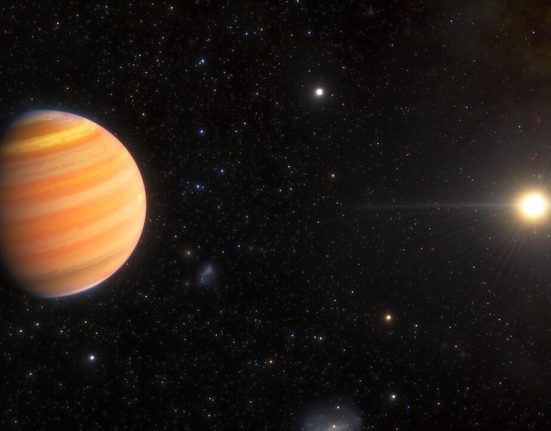
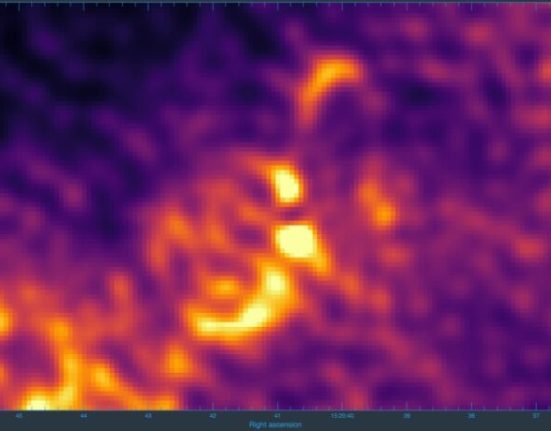
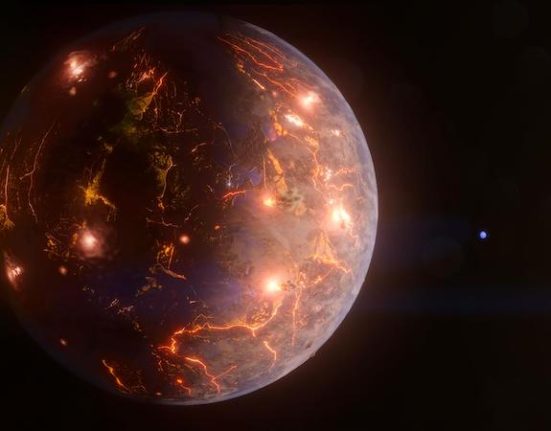
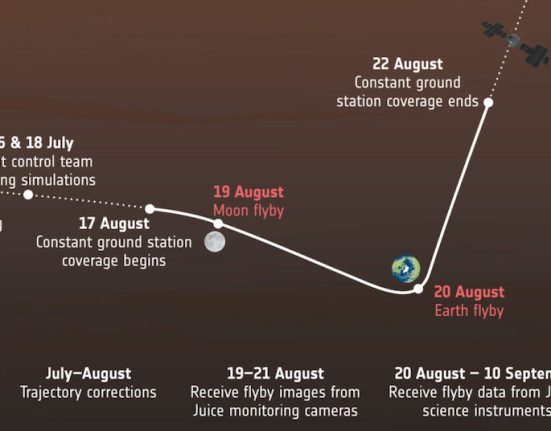

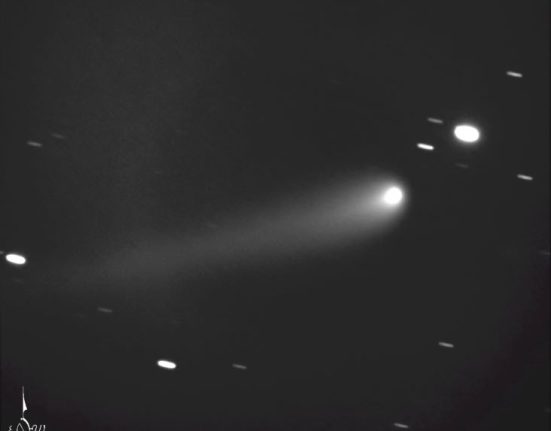
Leave feedback about this